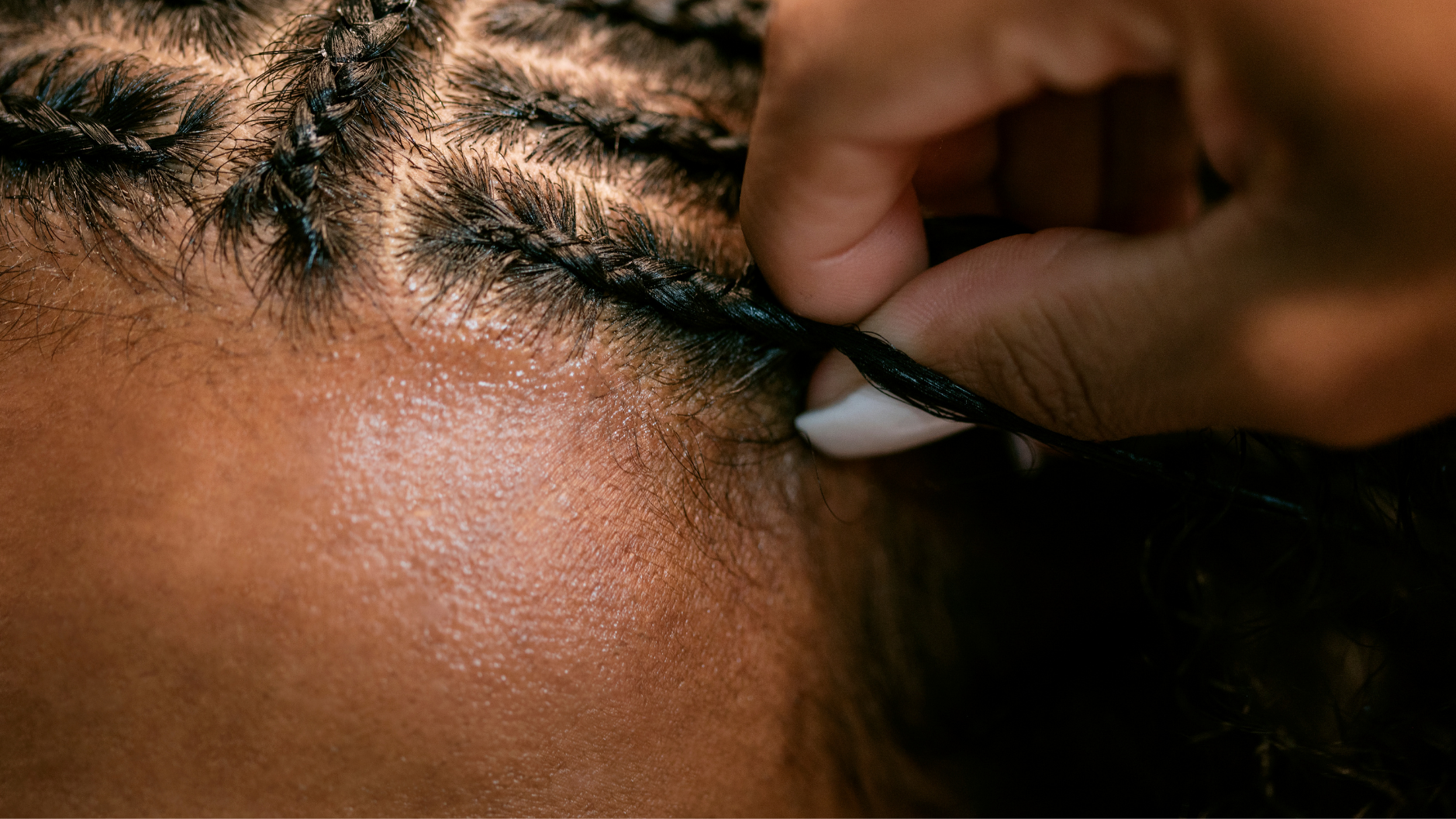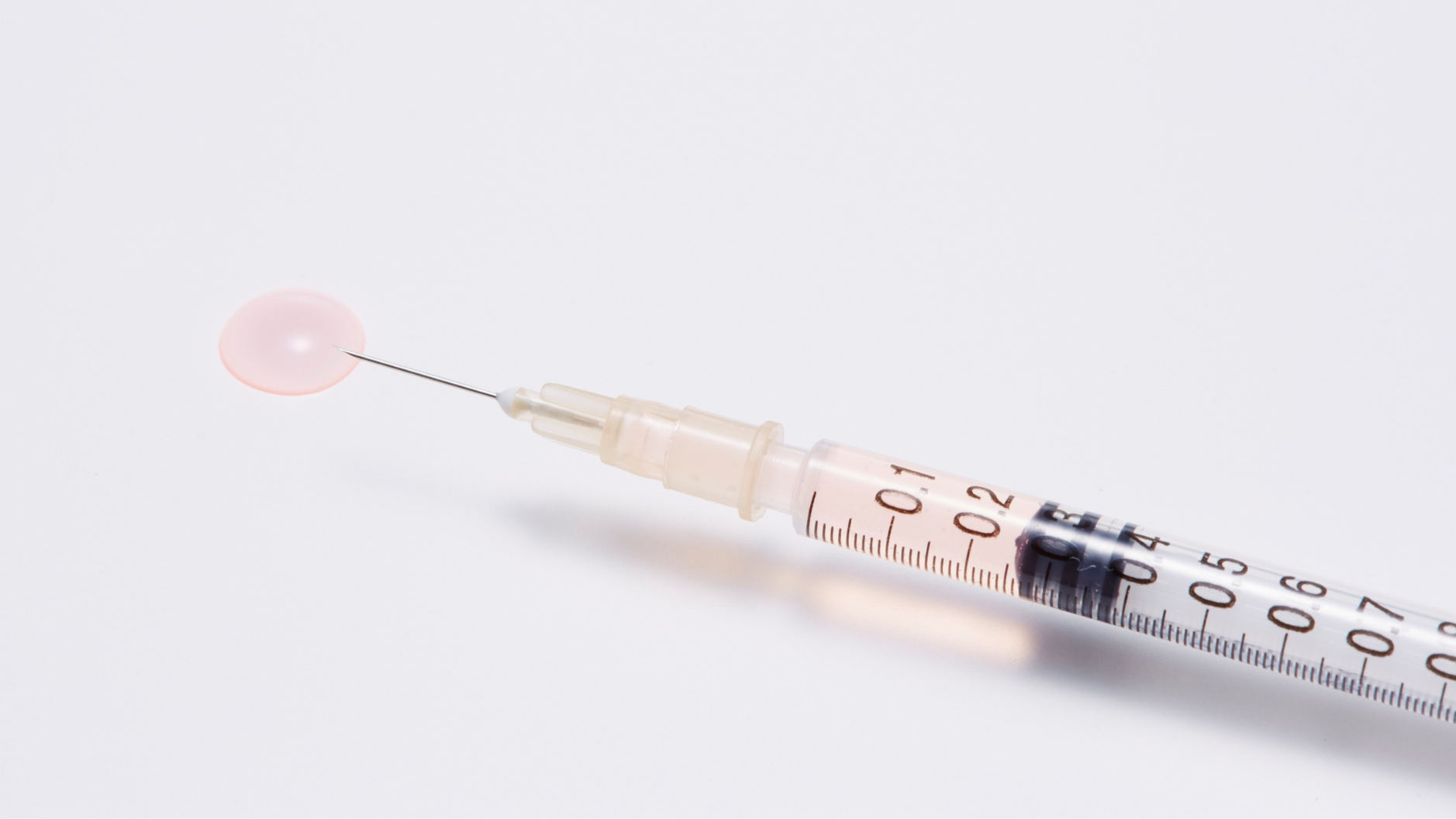Mesotherapy for Telogen Effluvium: Targeted Support for Stalled Regrowth
Telogen effluvium is a form of hair loss where more follicles than usual shift into the telogen (resting) phase. This shift is often triggered by a major stressor such as illness, surgery, crash dieting, iron deficiency, infection, or hormonal disruption. What can be confusing for patients is the delay: shedding usually begins around 12 weeks after the trigger, not immediately. While many cases resolve over time, some individuals experience slow, patchy, or incomplete recovery.

Why Recovery Sometimes Stalls
Contributing factors may include poor blood flow to the scalp, nutritional deficiencies, or low-grade microinflammation. Diagnostic workup should always include blood testing, trichoscopy, and clinical photography to guide treatment.
How Mesotherapy May Help in Recovery
Mesotherapy works by injecting active compounds directly into the scalp, bypassing digestion and the skin barrier. This allows for targeted delivery of nutrients and signalling molecules to support follicles in re-entering the growth phase. In cases of chronic telogen or kenogen (where follilces reamin empty), this direct approach may help stimulate recovery when other methods have failed.
Common mesotherapy ingredients for telogen effluvium include:
-
Amino acids and peptides to rebuild follicular structure
-
Copper-binding complexes to strengthen hair shafts and stimulate extracellular matrix repair
-
B vitamins (B5, B6, B7) to support cell metabolism
-
Caffeine to boost circulation and follicular activity
Timeline and Loading Phase
Treatment timelines depend on severity and response. For most cases, a standard loading phase involves 3 to 6 sessions spaced every 2 to 4 weeks. For more stubborn or prolonged cases, an intensive loading phase of 6 sessions every 2 weeks may be recommended. Maintenance is optional and typically guided by progress seen during the initial treatment window.
When Mesotherapy Might Not Work
Mesotherapy is unlikely to be effective if the underlying cause of telogen effluvium is still active. Iron deficiency, chronic inflammation, thyroid imbalance, or ongoing physical or emotional stress must be identified and corrected before starting treatment. Additionally, beginning injections too early, before shedding has stabilised, may result in limited benefit.
Why the Root Cause Still Matters
Mesotherapy can be a powerful tool in the recovery from telogen effluvium, but it should never be used in isolation. The best outcomes happen when treatment is based on a clear understanding of what caused the shedding in the first place. That means checking for nutritional deficiencies, thyroid dysfunction, and lifestyle factors that may continue to interfere with healthy hair cycling if left unaddressed.
Even the most targeted treatment won’t deliver lasting results if the underlying issue hasn’t been addressed. A full clinical workup, including blood testing, scalp assessment, and medical history, should always come first. Once the root cause is identified and managed, mesotherapy can support the scalp in restoring healthier, more resilient growth.
FAQs
Can mesotherapy stop shedding?
Not immediately. It supports regrowth but won’t usually stop shedding mid-cycle.
When should I start mesotherapy after telogen effluvium begins?
When shedding has stabilised.
Will I still need supplements?
Potentially, if you have nutritional deficiencies.
Can it help if I’ve had shedding for over a year?
Yes, particularly in chronic telogen or kenogen cases where follicles are unresponsive to topical or nutritional therapy.




